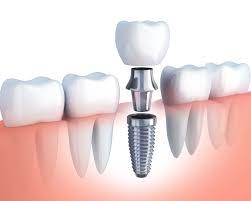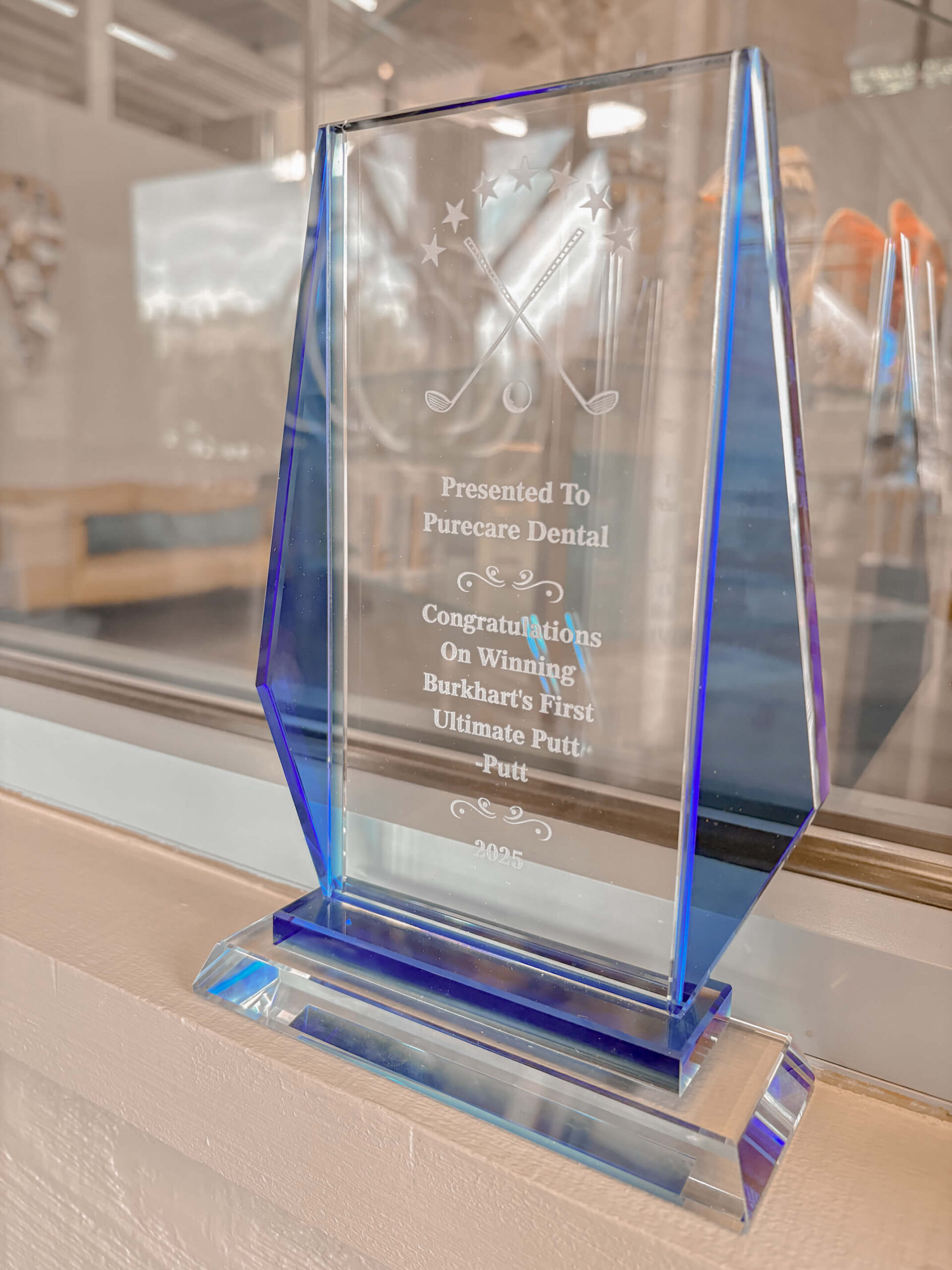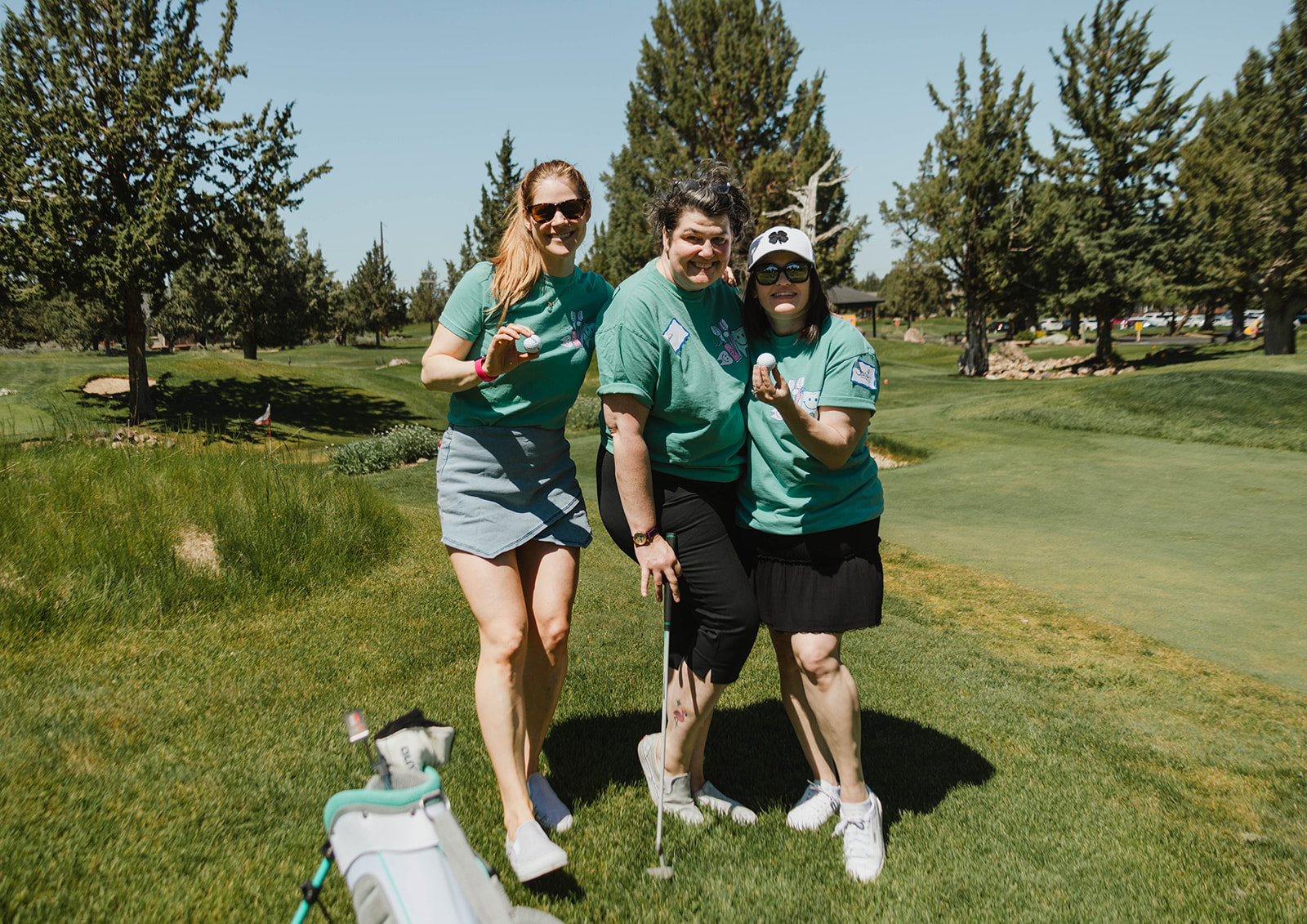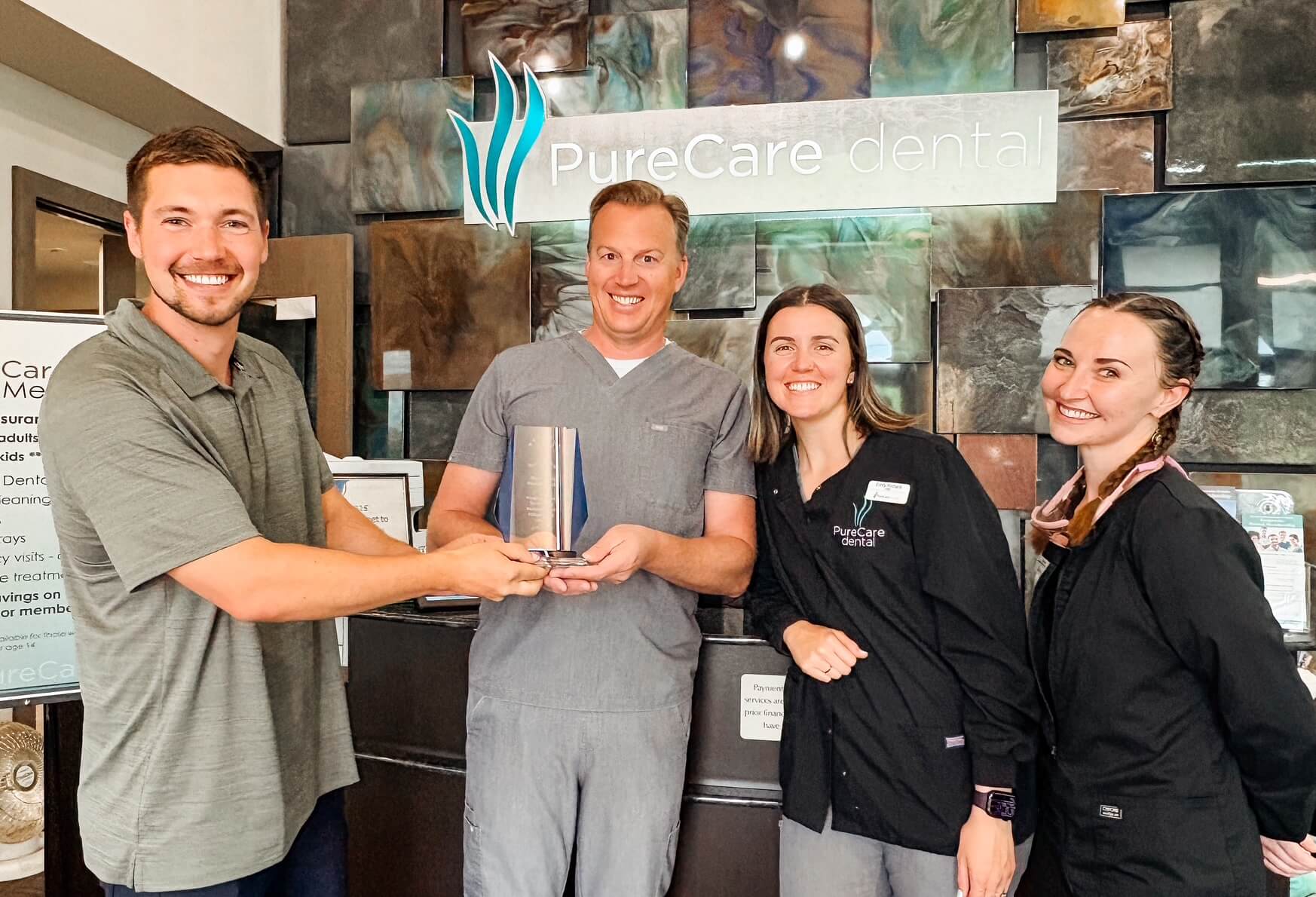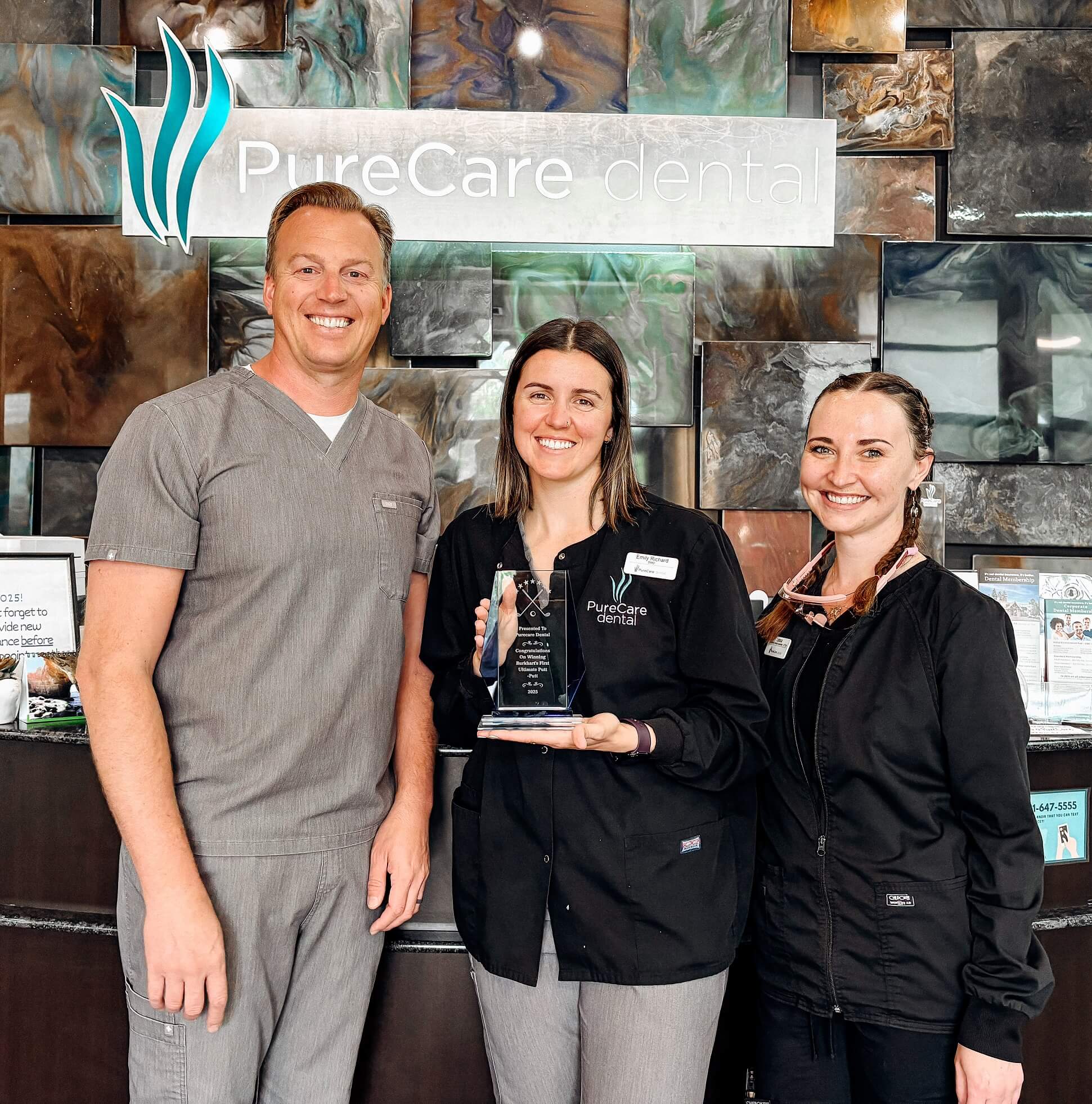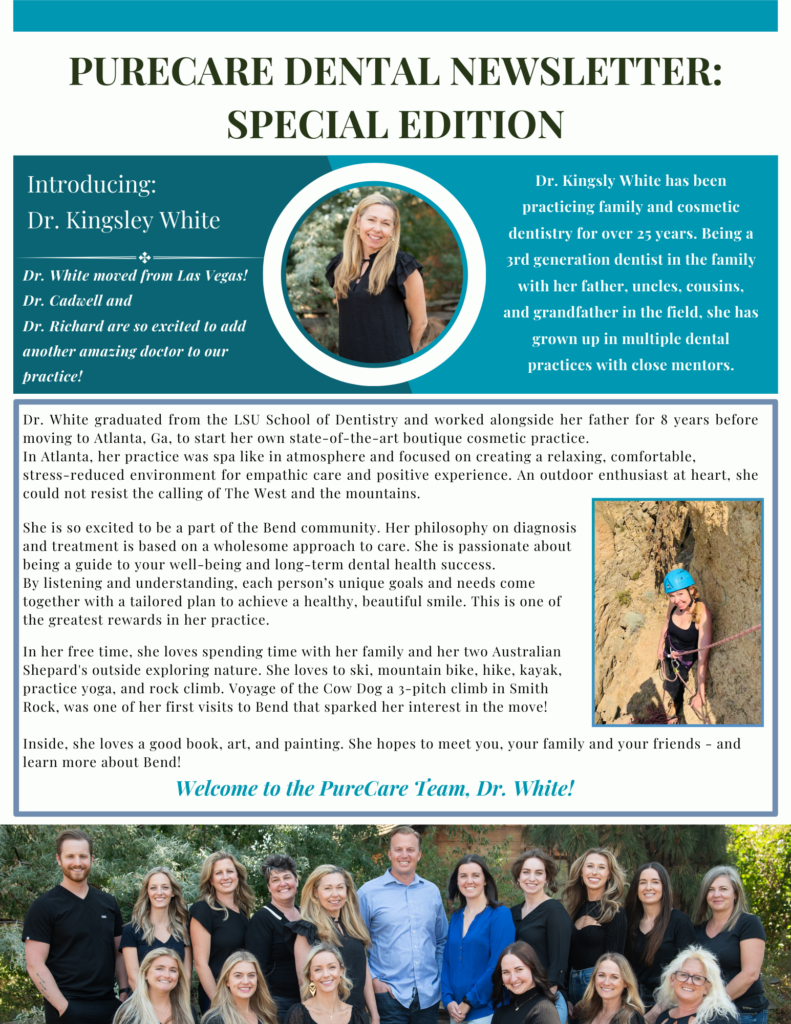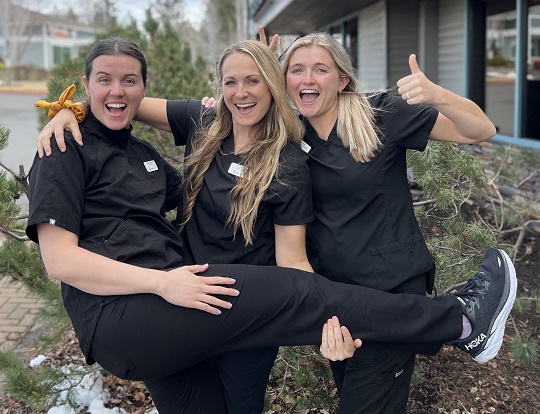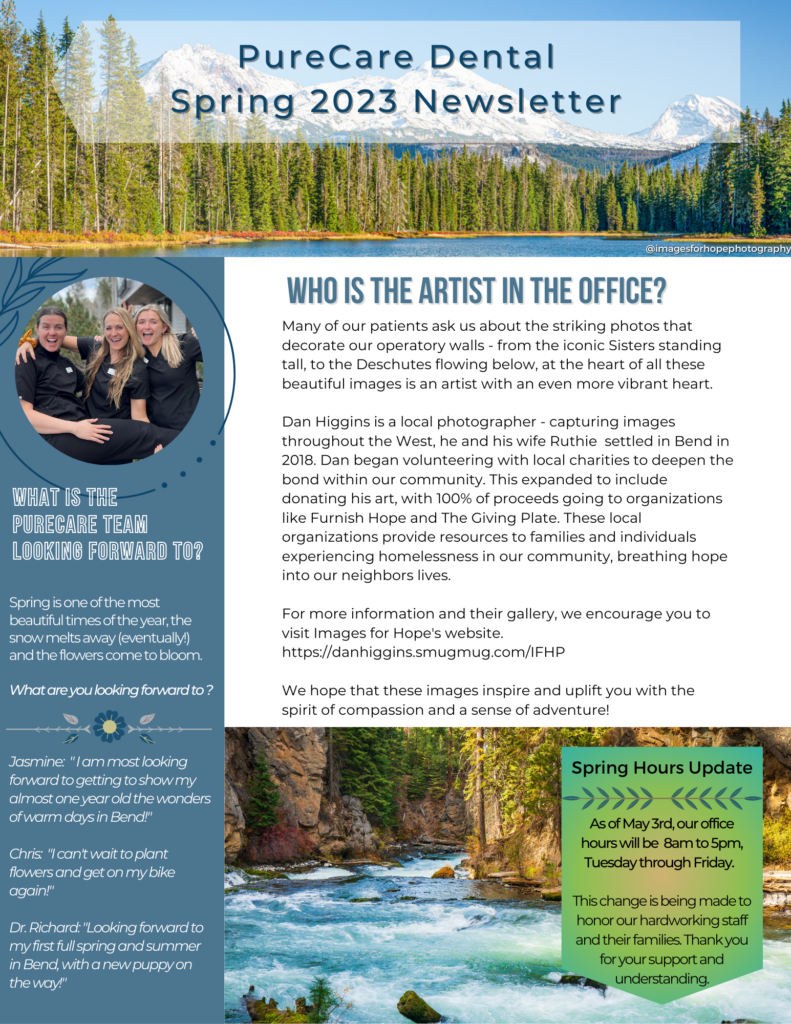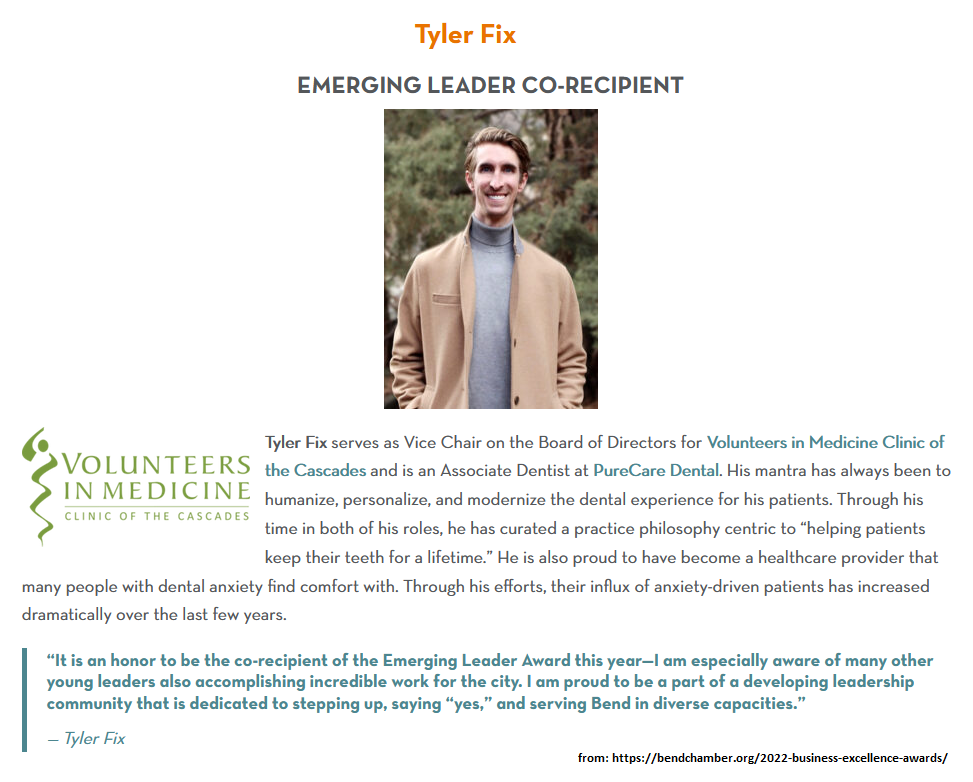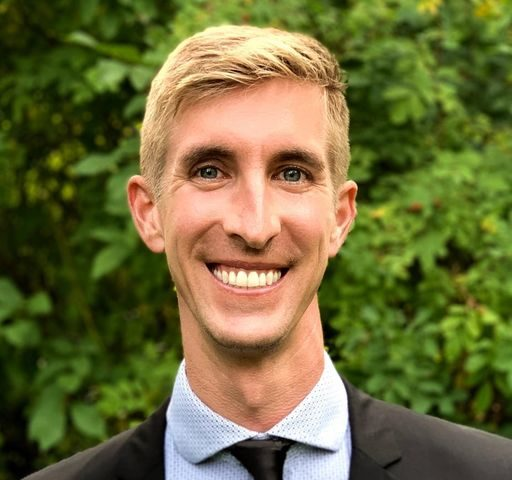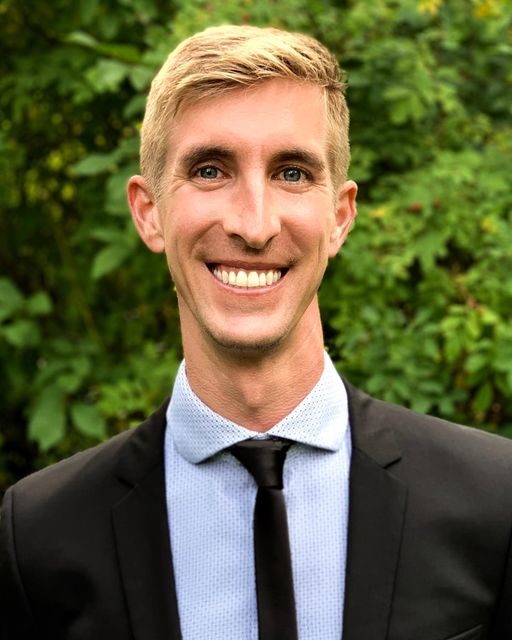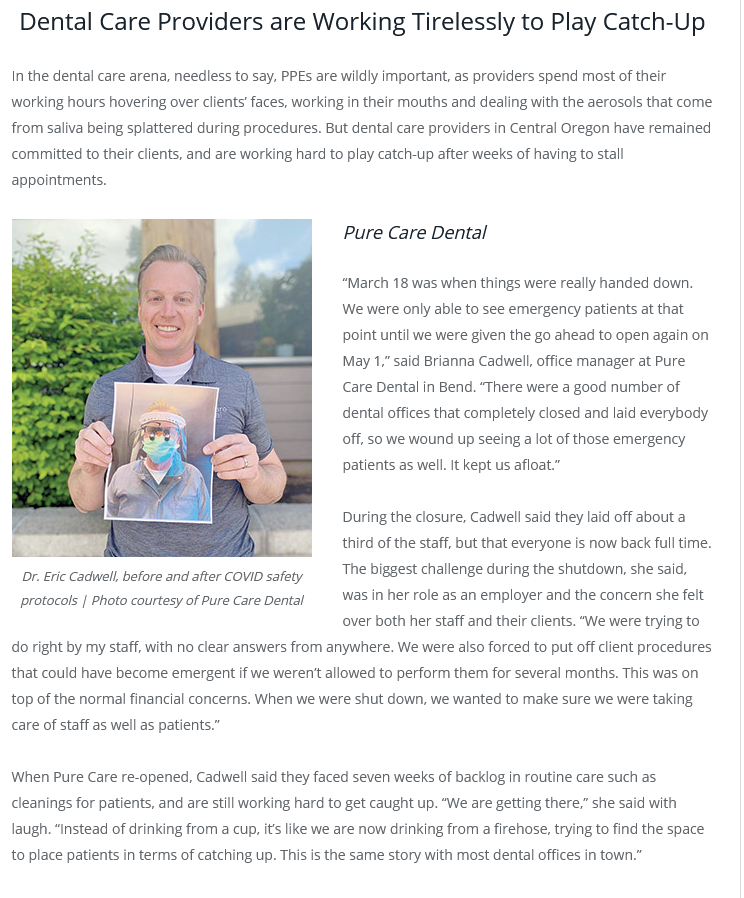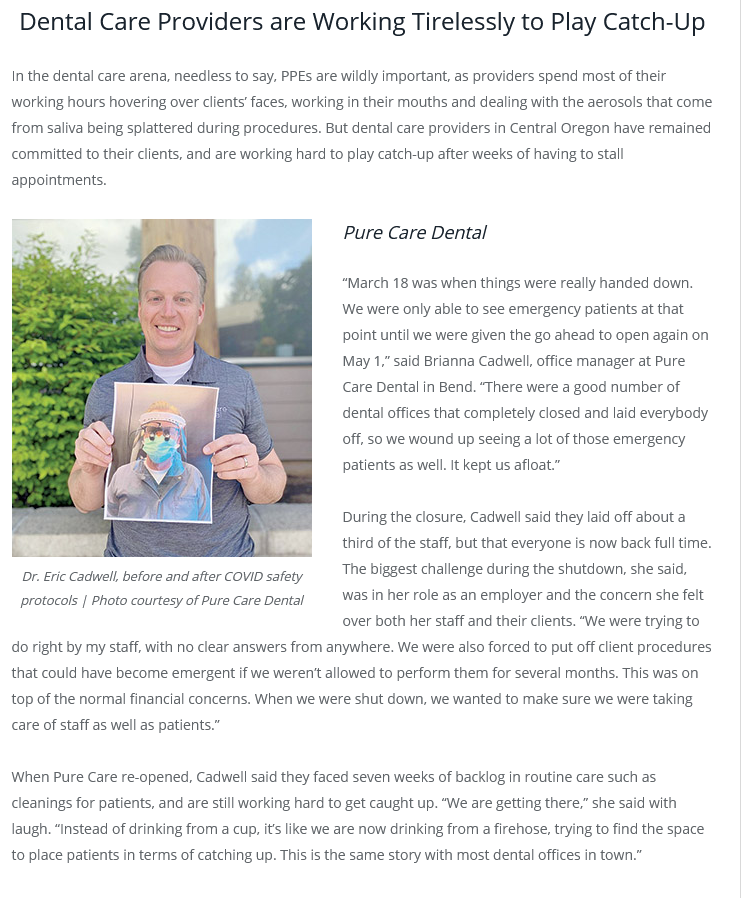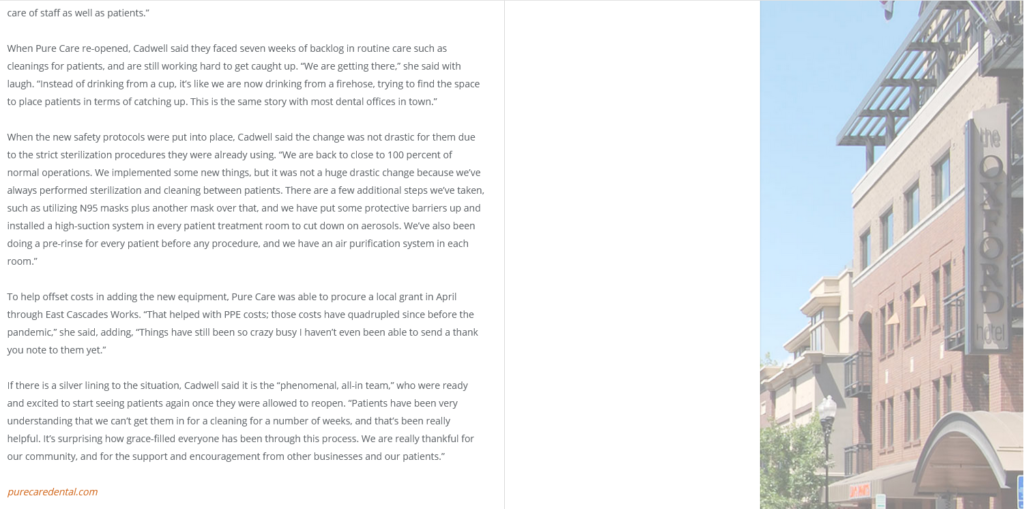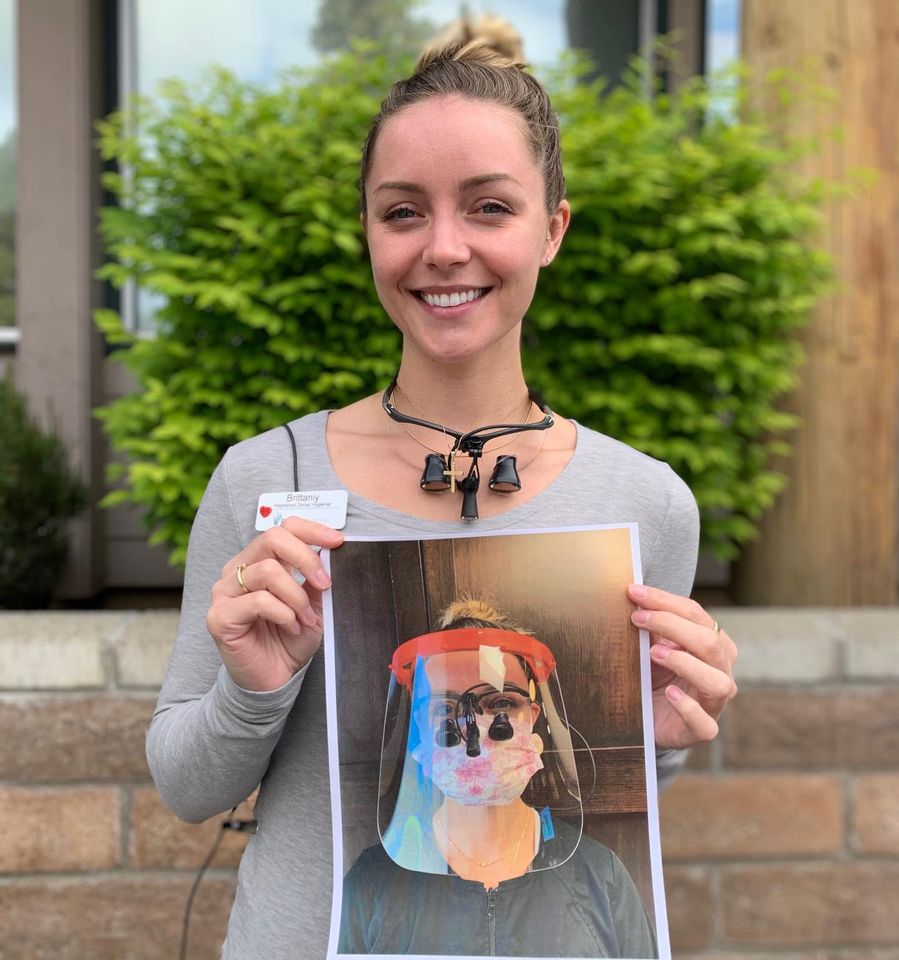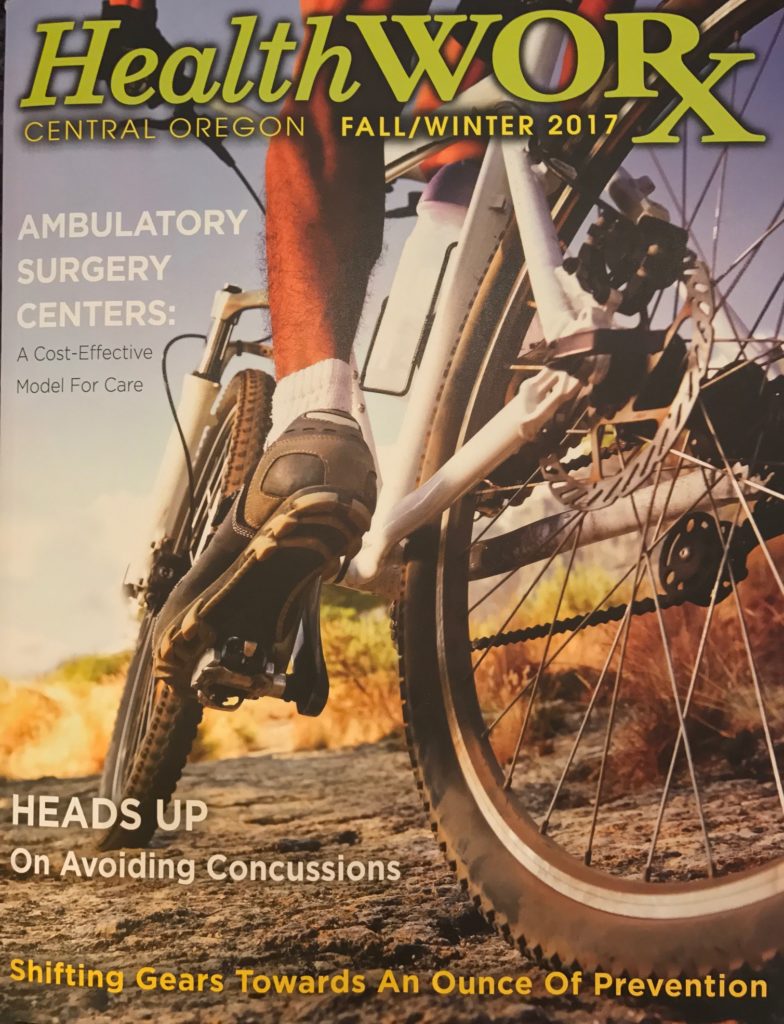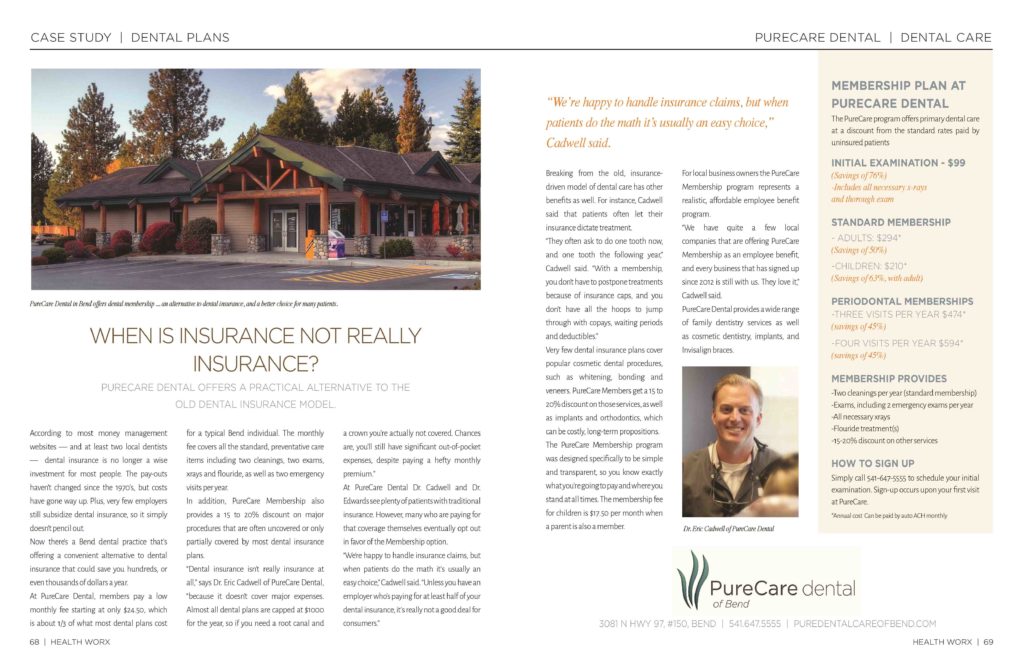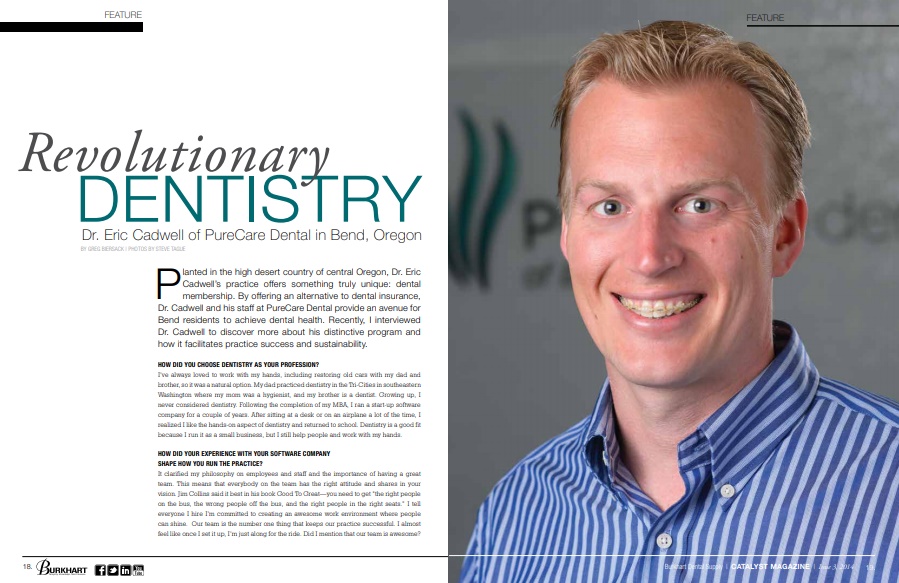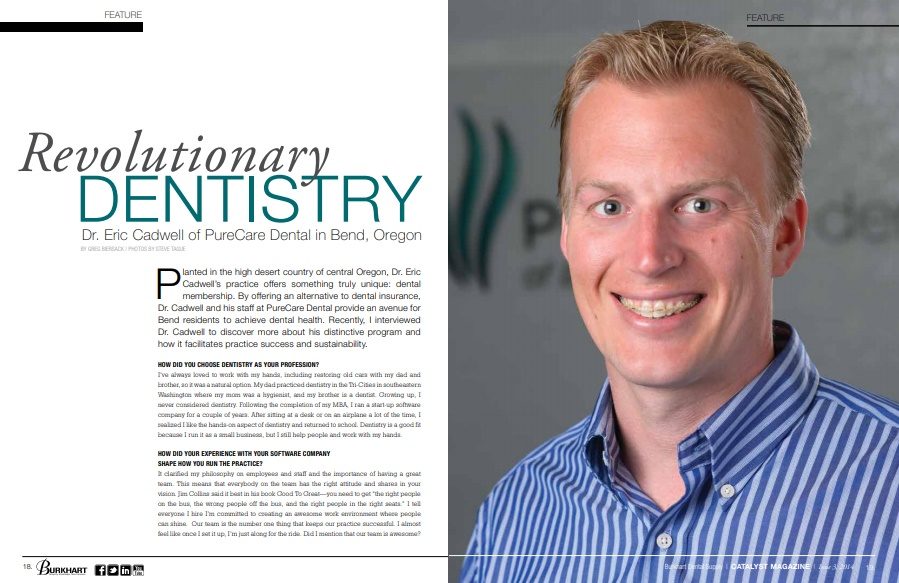Dental Implants Are a Great Investment
When it comes to replacing missing teeth, dental implants are a durable, long-term solution. They are a great investment in your health, for aesthetics, and surprisingly for your wallet!
Unlike dentures or bridges, which often need to be replaced around every 10 years, dental implants are designed to last decades (with proper care). This long-lasting solution eliminates the need for frequent adjustments or replacements, saving you money and inconvenience over time.
Dental implants look, feel, and function like natural teeth. They allow you to eat, speak, and smile with complete confidence—without the worry of slippage or discomfort that can come with dentures or flippers. This improved functionality can enhance your diet, digestion, and overall well-being, which are important factors in long-term health.
When a tooth is lost, the surrounding bone begins to deteriorate. This bone loss can lead to a sunken facial appearance and further oral health issues. A missing lower tooth also causes the tooth above it to begin to fall downwards – eventually resulting in the loss of that tooth. Dental implants prevent these processes by stimulating the jawbone just like a natural tooth would as well as ensuring that the surrounding teeth don’t shift.
Perhaps one of the most underrated benefits of dental implants is the boost in self-esteem they provide. Having a full, healthy smile improves not just how others perceive you, but how you perceive yourself. For many, the ability to speak, laugh, and interact without hesitation is life-changing.
Talk to Dr. Cadwell at your next visit at PureCare Dental to ask about dental implants. We’re happy to answer any questions you may have, as well as provide a treatment plan showing pricing and timelines between procedures.

